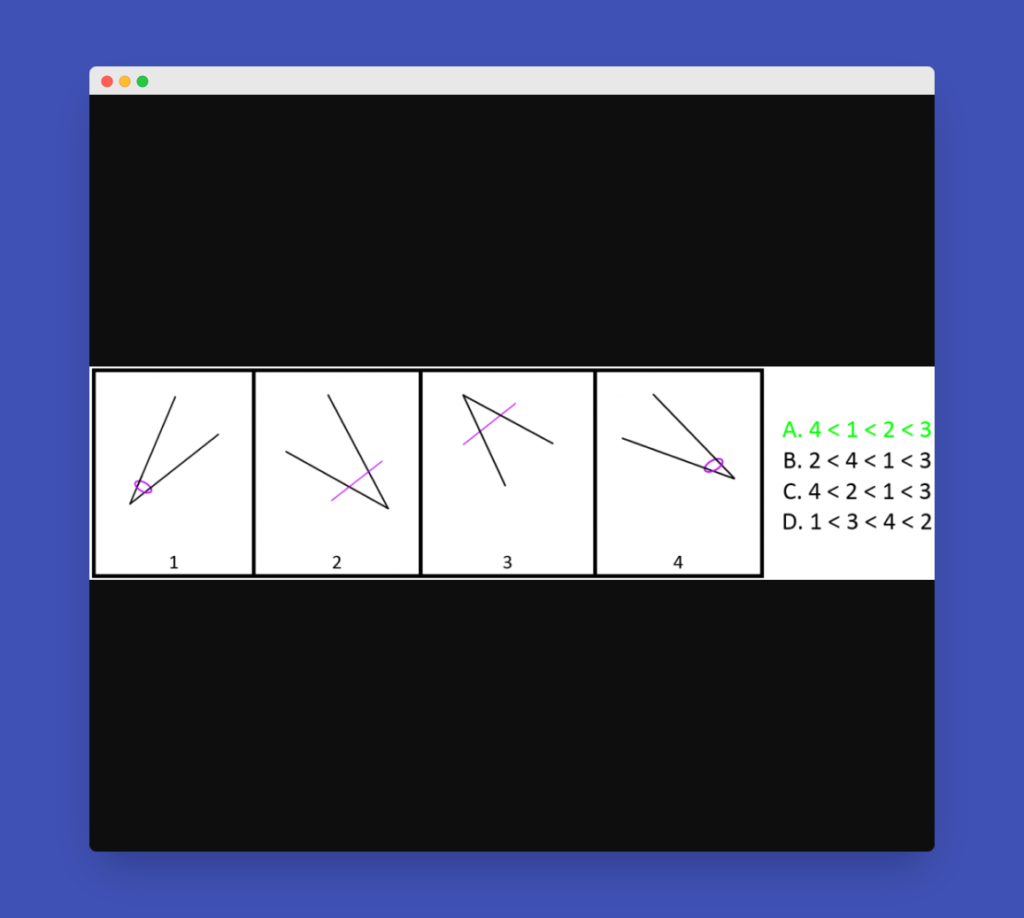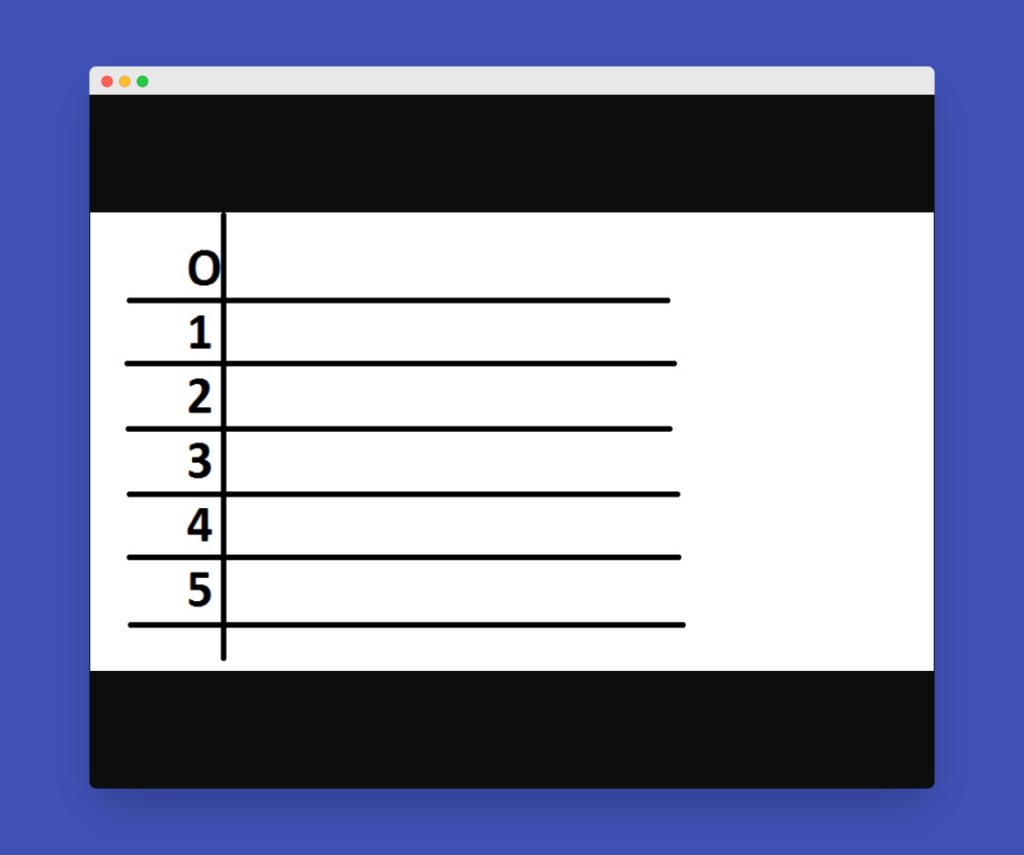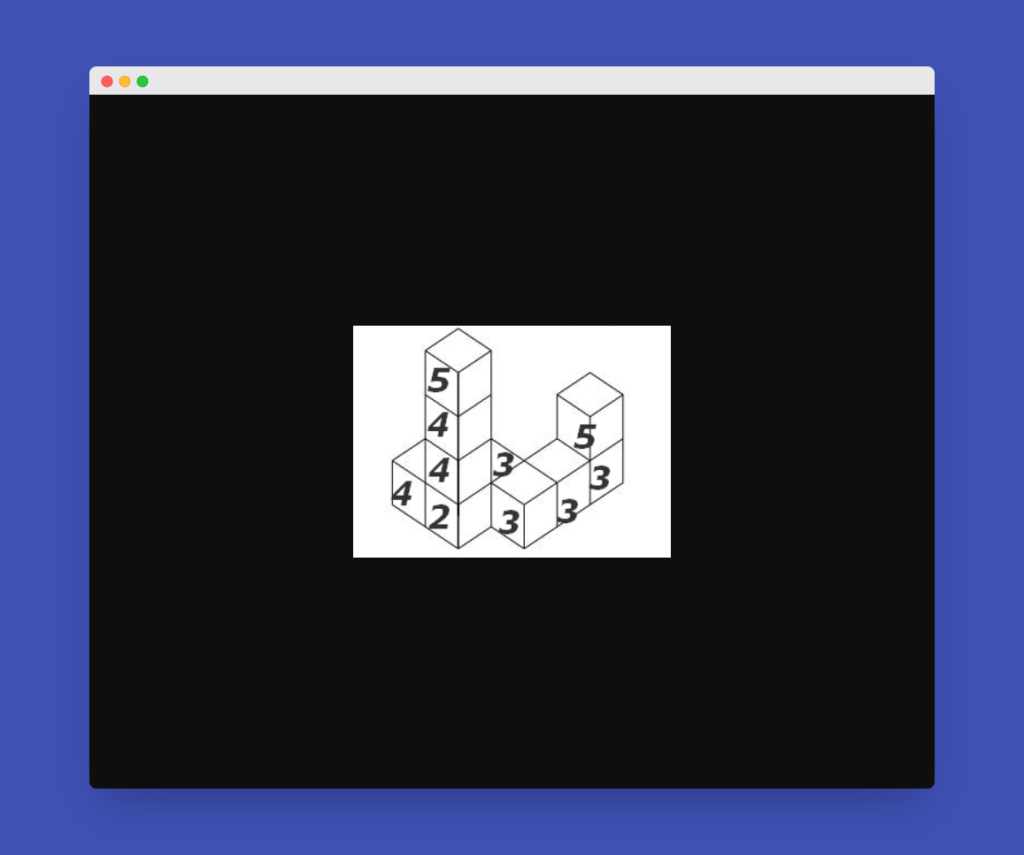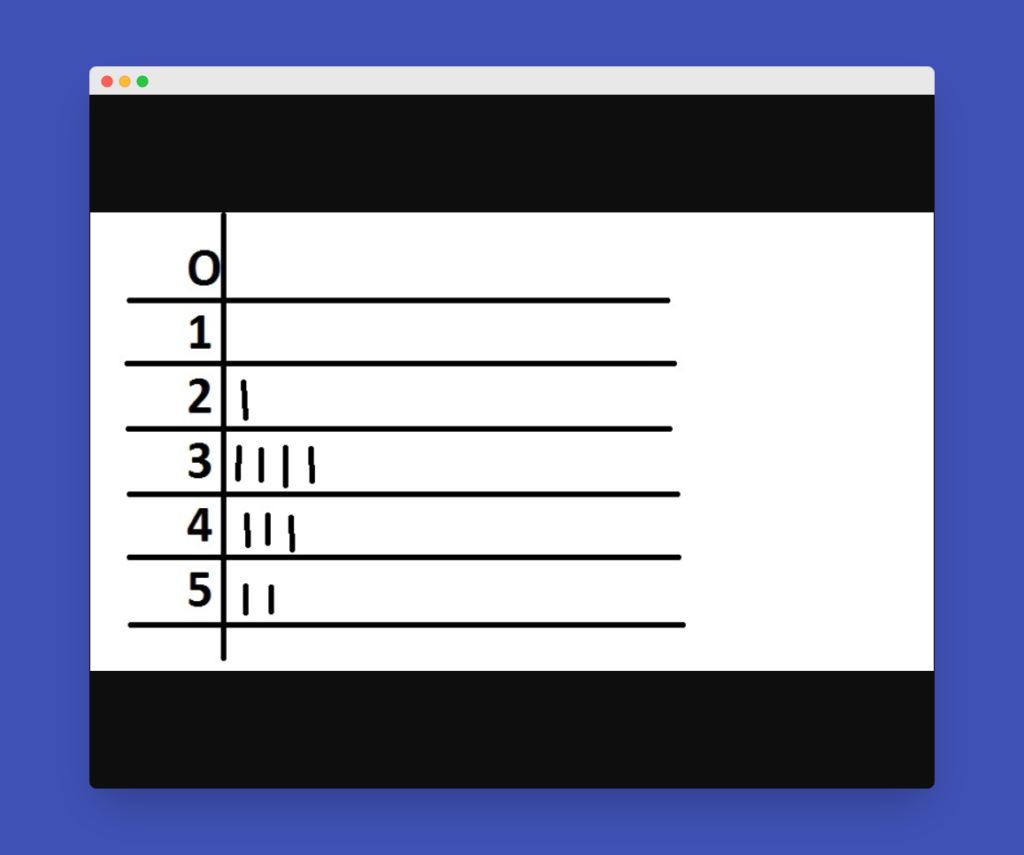The PAT is among the most challenging parts of the DAT exam, but still, a lot of students struggle to understand exactly what is Perceptual Ability Test.
Well, this article explains it all and provides techniques that you can use to ace this section.
Just keep in mind that you will need to practice every day to develop your visualization skills.
This is the best bang for your buck when it comes to premium DAT prep programs.
Pros
The best PAT section content in the industry.
Representative practice tests that closely resemble the real thing.
Beautifully illustrated videos that get right to the point.
Cons
Tutors take a little longer to respond to queries during weekends.
Use code at checkout: TESTPREPPAL
Quick Summary
- The Perceptual Ability Test is one of the main four sections of the DAT.
- PAT involves 90 questions divided into six categories with 15 questions each. The test lasts 60 minutes
- PAT aims to examine your spatial visualization skills in interpreting two-dimensional representations of three-dimensional objects.
What is The Perceptual Ability Test?
As a dentist, you’ll have to mentally construct complex 2D and 3D images. Thus, you need to sharpen your visualization and perception skills to ace this section.
The PAT section tests your ability to work with 2D representations of 3D objects. It tests your spatial ability and reasoning, which are essential to your future career.
Keep in mind that you aren’t allowed to have any measuring instruments during the test. therefore, you will need to have acute eyesight for this section.
But, how is the Perceptual Ability Test scored?
First, you have 90 multiple-choice questions in the PAT section. Your correct answers will form at first a raw score out of 90 (example: 70/90). Then, this score is converted to a scaled score that is between 1 and 30, where 1 is the lowest and 30 is the highest mark.
Keep in mind that the PAT is scored along with the other five DAT sections.
Your PAT score will affect both your Academic Average Score and the Total Science Score. The Academic Average Score counts the average of all sections without PAT. The Total Science Score, however, depends on the number of questions you answered correctly within the whole science part.
Note that the standards for admissions vary from one dental school to another. Therefore, we recommend checking official websites and admission requirements especially.
Perceptual Ability Test Format
As mentioned above, PAT includes 90 questions divided into six subtests with 15 questions each:
- Keyholes check your knowledge of apertures.
- Top-Front-End examines view recognition.
- Angle Ranking and Hole Punching relate to paper folding.
- Cube counting and Pattern Folding are all about 3D form development.
This is a standard order that appears in the DAT exam. Remember about having 60 minutes for the whole PAT section. This means you have to spend no more than a minute per question.
How to Study for DAT PAT
The PAT section is one of the most challenging in DAT. It requires attention to detail and well-developed visualization skills.
Your ability to interpret 2D representations of 3D objects is vital to dealing with filling and casts, constructing mental images of teeth from X-Rays, and dealing with complex objects.
This testing shall be done through 6 question types namely:
1) Keyholes
2) Top-Front-End
3) Angle Ranking
4) Hole Punching
5) Cube Counting
6) Pattern Folding
Here’s a detailed explanation of each question type and how to go about answering it:
1. Keyholes
This question type offers a 3D object with five different apertures. Your task is to identify which one of the five apertures will best fit the 3D object.
Beware that if you move the object through the aperture, you will no longer be able to turn, flip, or twist it. So, once the outline of the aperture matches the exterior shape of the object, it will move smoothly through the aperture.

This question type is tricky, so here are our recommendations:
- Any part of the object that is not visible must be symmetrical with the visible part.
- Objects and apertures are both scaled and must match perfectly. If the figure has symmetric alterations, note that the hidden part should be symmetric with the visible part.
- There’s only one correct answer for each question.
- Imagine how the object looks from the top, bottom, and various angles as you look at the picture.

- Imagine the look of the 2D shape if you flat the object against the wall relative to the front and back, top and bottom, left and right sides. The part that remains from your crushed original object will be the right one.

- Try the Flashlight Method: Project light on the object from one view, and you’ll see its shadow that will get a 2D shape.
- Identify the 3D shape lines and decide if they are converging, parallel, or diverging. Plus, think about the relative length of the lines.

2. Top-Front-End
You’ll get only two views of an object, so you must find the missing ones from the given options.
You’ll see pictures of various basic solid objects from different views in this question type: top, front, and end. The views provided in the tasks have no perspectives.
This means that the points on the surface of the views objects are viewed along parallel lines of vision. Note that dashed lines represent the hidden lines.

Here’s what you can do to complete the task:
a) Line Counting Method
First, count the lines given in each view. Next, visualize each answer choice from the three perspectives and count the number of lines. The options that don’t have a matching number of lines for each view are wrong.
We don’t recommend relying solely on this method – always combine several techniques for assurance.
b) Top/Front/End Method
Imagine each answer choice as a 3D object from different perspectives. Then, compare them and get rid of distractors.
c) Solid/Dotten/Dashed Lines
This technique offers two types of lines: solid, i.e., visible, and dotted or dashed, i.e., invisible. Remember that the latter represent lines that you can’t see from a given view, as they are behind what you see.

d) Line Matching
This strategy helps you understand which line fits which other line. Also, where it is located based on a given view compared to other views. This way, you’ll find out which line matches which elevation change.


e) Drawing Lines Strategy
Draw vertical lines from two different views creating pairs. This way, you’ll see how they are related to each other, making you understand the view of each object.

This strategy includes two important steps:
- Shared Borders
This step focuses on the shared lines of different views. First, draw the lines based on the shared borders the views have with one another. Then, see what view coordinates with another one.
If the corresponding line in one view touches another line from the other view, then this option is correct.

- Elimination
Look for something unusual about the two sides presented in the task and decide what that feature would look like in the view you’re looking for. Something unusual might be a hole or a peg.

3. Angle Ranking
You’ll see four angles which you’ll have to rank from smallest to largest interior angle.
This task is tricky because the difference in degrees between two angels is not apparent. That’s why following some techniques can be beneficial.

a) Comparing Angles
First, compare the answer choices from the smallest to the biggest. Usually, the smallest are among the first numbers and the largest among the last ones.
Your task is to find the answer choices with just two different angle choices in one of the angle answers.

We don’t recommend comparing intermediate angles, as it can confuse you. So, decide the smallest and/or the largest angle.
Second, eliminate the answer choices that don’t have the ranking you’re doing. Usually, if you find both angles, there’s no need to compare intermediate ones.

b) Rapid Eye Movement
The idea is to compare two angles by looking at them rapidly.
You can focus on the angles as a whole or some details, like vertex, for example. Use your hands to cover the parts that you don’t need to compare to ease the focus on the essential elements.

c) Circle Method
First, find two similar angles and focus on their interior areas. Second, draw a circle inside the internal space of the angles, or draw a line creating a perfect triangle. Third, use the rapid eye movement method to find the smallest angle.

d) Distance Technique
Looking from a distance is a really helpful technique for many people.
e) Knife Technique
Imagine that you’re looking at a tip of a knife. Thus, you’ll be focusing on the intersection of the lines. The thinner and sharper tip will cut deeper.

f) Laptop Technique
Consider the angles in question as laptop angles, and the one closest to being closed is the smallest. So, the laptop farthest from being closed is the largest.

g) Hill Technique
Imagine two people standing on one of the slopes at two different angles.
If the angles are smaller than 90 degrees, the one that makes you run faster down the hill is the larger. Or, if the angles are bigger than 90 degrees, the one that makes you run faster will be the smaller.
4. Hole Punching
You’ll see the shape of a flat square of paper folded one or more times. This paper has a hole, or two punched in some places. You need to unfold the paper to identify the locations of the hole on the original paper.
These questions will have dashed and solid lines. The solid lines indicate the current position of the edges of the folded paper, whereas the dashed lines are the original location of the paper’s edges.

No matter how the paper is folded, it remains within the edges of the original square without being turned or twisted. Remember that there’s only one correct answer.
You need to draw a four-by-four grid and unfold the paper once at a time. So, put an X in the exact position in the grid where you see a hole.
But remember to do it before unfolding the paper to the original position. Also, beware of unfolding the paper according to the shapes represented in the questions.
Note that a symmetrical fold in shape illustrates that you unfold it from the current position. So you’ll have the same amount of punches in the opposite situation.


5. Cube Counting
You need to determine how many cubes have a particular number of sides painted.
You’ll see a shape made of cemented cubes of the same size. All sides of the cubes have been painted except the one on which they rest.
This makes the sides of the cemented to other cubes not painted as at the bottom side. Your task is to answer how many cubes have “three/four/five of their sides painted/exposed.”

One of the ways to handle this task is to create a table with the numbers representing the number of the painted sides of the cubes.
Then, add a tally count of the number of sides painted for each cube. Be careful with the hidden cubes when counting the right sides.



6. Pattern Folding
This section will show a flat pattern unfolded into a 3D figure. You need to choose which of the four 3D shapes would be created if the flat pattern were folded.
Here are several techniques to complete the task.

a) Shape Matching Method
Compare the faces in the flat pattern with the faces in the shapes from the options, and eliminate the options you don’t need.
For example, find the largest face in the pattern or the one with the most specific geometry and compare it to the shape in the answer choices to see if it matches or eliminates some.
b) Side Counting Method
Count the number of sides in the shapes of the largest shape within the pattern. Then, compare it with the answers and find the correct one, or eliminate the wrong ones.

c) Color Matching Method
The method is the same as the previous one. However, you need to compare the shaded part on the flat pattern with the corresponding part on the folded pattern.
Again, remember that the shaded parts should be correctly placed on the folded pattern.

Remember, practice makes perfect. The more you train, the better.
FAQs About Perceptual Ability Test
How Can I Practice For The DAT PAT?
You can practice for the DAT PAT by doing as many practice tests as possible. You can find sample tests online or buy courses explicitly designed for practicing PAT. And, remember to practice every day.
How Many Perceptual Ability Questions Are On The DAT?
There are 90 Perceptual Ability questions on the DAT.
How Long Should I Spend On Perceptual Ability Sections?
You only have 60 minutes to spend on the Perceptual ability sections. Therefore, you can only spend about a minute on each PAT question.
What Is The Hardest Part Of PAT DAT?
The hardest part of the PAT DAT is angle ranking, as it requires a lot of attention.





